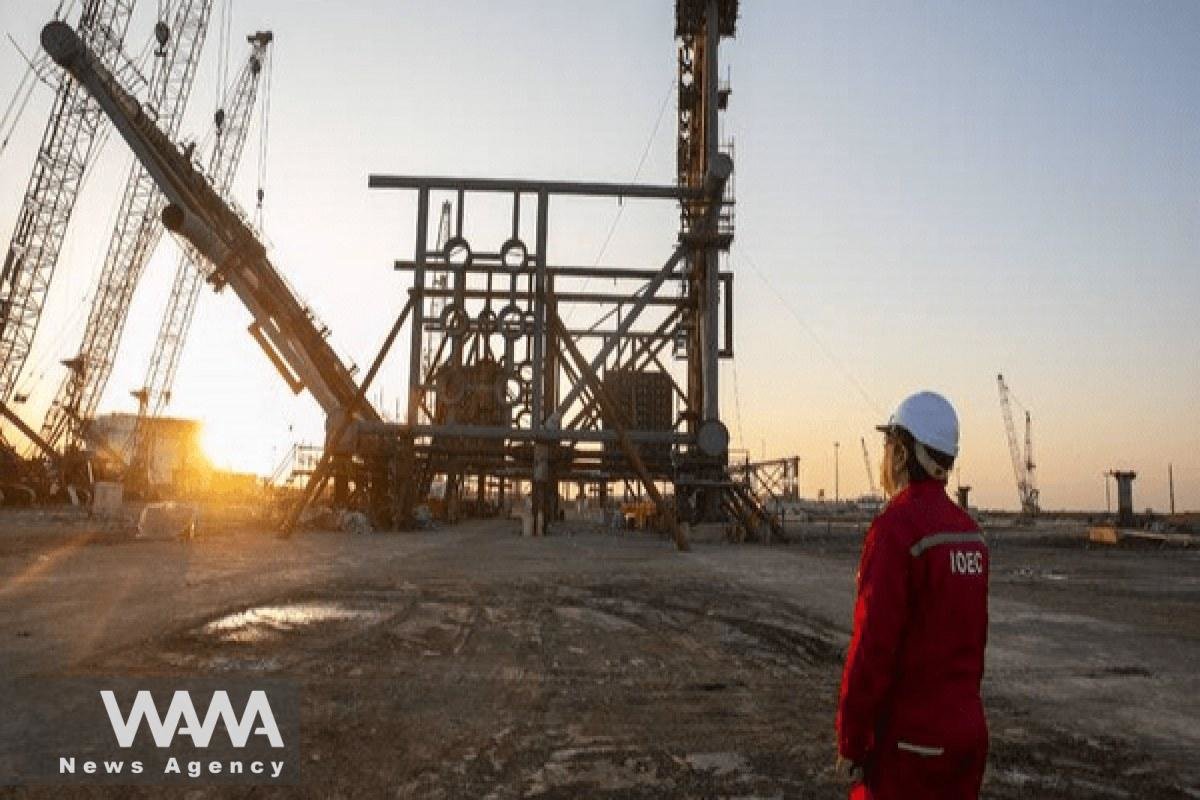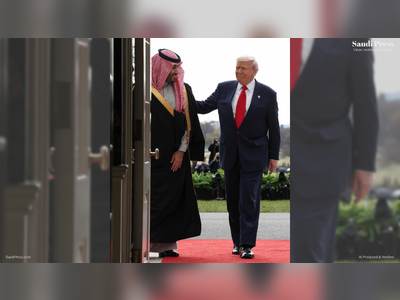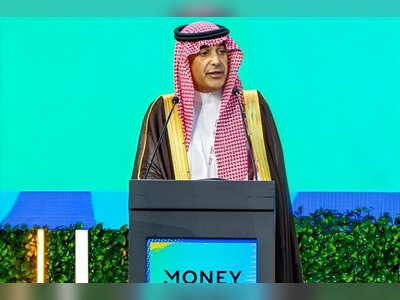
Iran’s Advancement in Shared Farzad-B Gas Field Signals Rising Pressure on Saudi Arabia
Installation of jacket in offshore joint field marks new phase in Tehran-Riyadh energy rivalry
Iran has completed the installation of the four-leg jacket of the production platform for the Farzad‑B gas field, the offshore gas and condensate field divided between Iran and Saudi Arabia.
Tehran carried out the lift and preparation operations last week, moving closer to drilling and output in one of the region’s most strategic energy assets.
According to Tehran’s state-linked oil news service, the jacketing work was completed by the nation’s engineering firms and the adjacent marine facility now awaits deployment in the maritime zone of the joint field.
Iranian officials say the move underscores their technical capability and signals that production may begin in earnest in coming years.
The field has a development plan targeting daily output of approximately twenty-eight million cubic metres of sour gas and around five thousand barrels of gas condensate by 2028. That output would mark a significant advance for Iran.
Meanwhile, Saudi Arabia’s side of the field—known as the Arabiyah field—has reportedly been producing since 2016 and delivers nearly thirty-four million cubic metres of gas per day.
Energy analysts note the pace gap between Saudi Arabia and Iran on the shared field may amount to economic losses for Iran in the tens of billions of dollars.
Tehran’s own statements place its share of the joint field at some seventy-five percent.
The delay in commencement has been attributed to technical, managerial and sanction-related setbacks on the Iranian side.
Development contracts for the Iranian portion of Farzad-B were awarded in 2021 and subsequent years to domestic firms such as Petropars Group, working under the industry-backed buy-back model.
The field lies in the Farsi block, offshore in the Persian Gulf, at water depths of around twenty to ninety metres, and reserves are estimated at up to twenty-three trillion cubic feet of gas.
With the jacket now in place, attention turns to the drilling of production wells, subsea pipelines and onshore gas conditioning facilities.
Iranian officials assert that accelerating these steps is critical to prevent further depletion of the reservoir by Saudi operations.
The field has emerged as a flashpoint of competition between Tehran and Riyadh, each keen to capture large-scale resource revenue and regional influence.
As Iran moves ahead with Farzad-B development, Saudi Arabia maintains a lead in production and infrastructure.
The coming months will test whether Tehran can close the gap, navigate export constraints and convert the offshore installation into flowing gas and condensate on a significant scale.
As one key Iranian figure noted, the Husian Ebrahimi-Asl-era warning is bearing out: “if Iran does not produce, Saudi Arabia will continue to drain the reserves.” The installation may mark not just a technological milestone, but the beginning of what analysts call “the gas battle” between the Gulf rivals.
Tehran carried out the lift and preparation operations last week, moving closer to drilling and output in one of the region’s most strategic energy assets.
According to Tehran’s state-linked oil news service, the jacketing work was completed by the nation’s engineering firms and the adjacent marine facility now awaits deployment in the maritime zone of the joint field.
Iranian officials say the move underscores their technical capability and signals that production may begin in earnest in coming years.
The field has a development plan targeting daily output of approximately twenty-eight million cubic metres of sour gas and around five thousand barrels of gas condensate by 2028. That output would mark a significant advance for Iran.
Meanwhile, Saudi Arabia’s side of the field—known as the Arabiyah field—has reportedly been producing since 2016 and delivers nearly thirty-four million cubic metres of gas per day.
Energy analysts note the pace gap between Saudi Arabia and Iran on the shared field may amount to economic losses for Iran in the tens of billions of dollars.
Tehran’s own statements place its share of the joint field at some seventy-five percent.
The delay in commencement has been attributed to technical, managerial and sanction-related setbacks on the Iranian side.
Development contracts for the Iranian portion of Farzad-B were awarded in 2021 and subsequent years to domestic firms such as Petropars Group, working under the industry-backed buy-back model.
The field lies in the Farsi block, offshore in the Persian Gulf, at water depths of around twenty to ninety metres, and reserves are estimated at up to twenty-three trillion cubic feet of gas.
With the jacket now in place, attention turns to the drilling of production wells, subsea pipelines and onshore gas conditioning facilities.
Iranian officials assert that accelerating these steps is critical to prevent further depletion of the reservoir by Saudi operations.
The field has emerged as a flashpoint of competition between Tehran and Riyadh, each keen to capture large-scale resource revenue and regional influence.
As Iran moves ahead with Farzad-B development, Saudi Arabia maintains a lead in production and infrastructure.
The coming months will test whether Tehran can close the gap, navigate export constraints and convert the offshore installation into flowing gas and condensate on a significant scale.
As one key Iranian figure noted, the Husian Ebrahimi-Asl-era warning is bearing out: “if Iran does not produce, Saudi Arabia will continue to drain the reserves.” The installation may mark not just a technological milestone, but the beginning of what analysts call “the gas battle” between the Gulf rivals.






